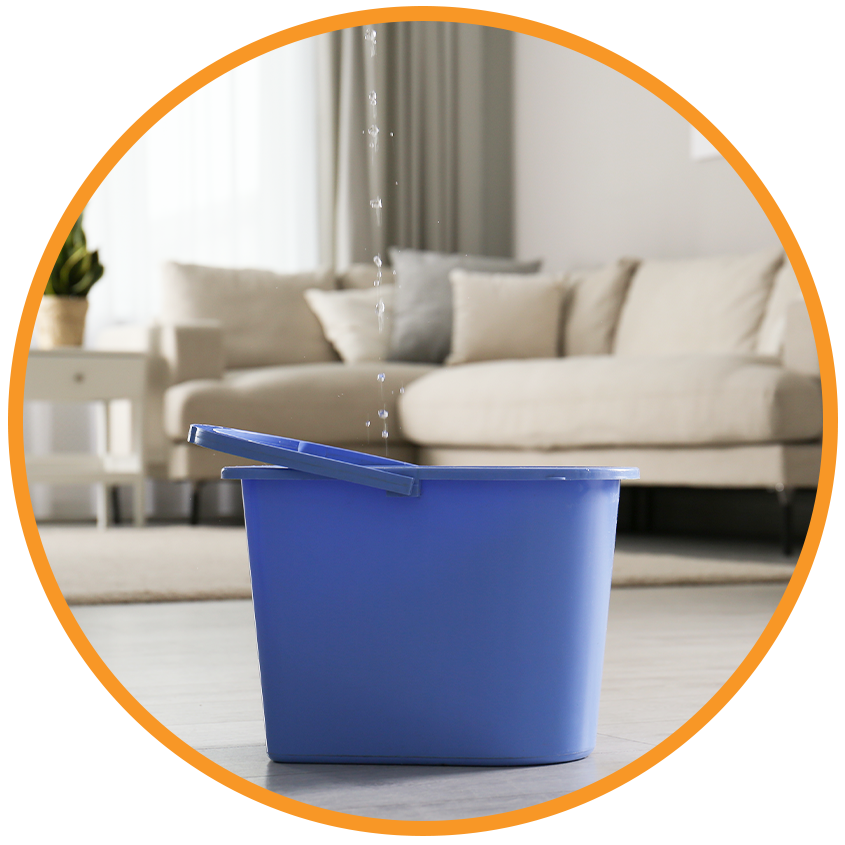
Unveiling the Signs: A Complete Guide to Water Damage Detection
Water damage detection is an essential skill for homeowners, as it can prevent extensive repairs and protect your beloved investment. Delaying the discovery of water issues can lead to mold growth, structural damage, and expensive remediation costs. Knowing what to look for and how to respond can save you time, money, and stress. In this comprehensive guide, we will explore key indicators of water damage, actionable solutions, and answer common questions about water damage detection. Identifying
early can save you significant costs in repairs.
Key Visual Cues for Effective Water Damage Detection
Recognizing the signs of water damage early on is crucial in maintaining a safe and healthy living environment. Let’s break down the primary indicators that could signal underlying moisture problems throughout your home.
Visual Stains: Nature’s Call for Attention
Stains are often the first visible sign of water damage. They can appear suddenly and may grow larger if ignored. Consulting experts in
can provide you with effective solutions.
- Types of Stains to Look For:
- Brown or yellowish spots on ceilings or walls
- Dark streaks around windows or doors
- Patches of discoloration on baseboards
These stains typically indicate that water has seeped in from a roof leak, plumbing issue, or window malfunction. Being proactive in water damage detection can help you address these issues before they worsen.
Paint and Wallpaper: Peeling Paint Signals Trouble
Another clear sign of a moisture issue is the presence of peeling, bubbling, or flaking paint and wallpaper.
- What to Consider:
- If paint starts to bubble, it may be a sign of trapped moisture behind the wall.
- Wallpaper that is wrinkled or bubbling indicates similar issues.
- Freshly painted surfaces with unusual texture changes should prompt further investigation.
These visual cues can be pivotal in water damage detection, revealing whether there’s hidden moisture behind your walls.
The Uninvited Guests: Mold and Mildew
The growth of mold and mildew typically accompanies water accumulation. These fungi can pose health risks if left unchecked.
- Common Signs of Mold:
- Black or green patches on walls or ceilings
- Musty odors in enclosed areas
- Allergic reactions or respiratory issues among residents
If you notice any of these signs, immediate water damage detection and resolution are essential to avoid further complications.
Proactive Measures: Responding to Water Damage Detection
Once you familiarize yourself with water damage detection signs, understanding how to respond is imperative. Addressing
promptly will help maintain a healthy living environment.
Assessing the Damage: Steps to Take
When you suspect water damage exists, follow these assessment steps:
- Examine the Area Thoroughly: Investigate the source of the water. Check plumbing fixtures, the foundation, and roofing.
- Document the Damage: Take photos of the affected areas for insurance purposes.
- Determine Severity: Is it localized or widespread? This will dictate whether professional assistance is necessary.
When to Call in the Experts
Understanding when to seek help is part of effective water damage detection. You should consult a professional when:
- The damage is extensive
- Mold has appeared
- You cannot identify the moisture source
- Water damage has infiltrated structural components (e.g., walls, floors)
A professional restoration team specializes in water damage detection and remediation, ensuring that both the symptoms and causes are addressed.
Preventive Strategies: Protecting Your Home
Taking preventive measures is crucial for maintaining a moisture-free environment. Here are some strategies:
- Regular Inspections: Routinely check your roof, plumbing, and basement for signs of water intrusion.
- Improve Ventilation: Ensure moisture-prone areas like bathrooms and kitchens are well-ventilated.
- Invest in Sump Pumps: These devices can help divert water away from basements during heavy rains.
- Seal Cracks and Openings: Filling gaps in the foundation and around windows helps protect against water infiltration.
Implementing these strategies can significantly reduce the likelihood of water damage.
Frequently Asked Questions about Water Damage Detection
How do I know if I have a water leak?
Look for unexpected stains, damp spots, and unusual water bills. Checking your water meter regularly can also help identify hidden leaks.
Is mold always an indicator of water damage?
While mold does require moisture to grow, not all mold occurrences signify water damage. Regular cleaning and ventilation can minimize mold growth.
What should I do if I discover water damage?
Immediately address the source of moisture, evidence the damage, and consider contacting professionals if the situation is extensive or if you spot mold.
Can I perform water damage detection on my own?
Yes, regular inspections and awareness of the signs mentioned in this guide can help you detect water damage early. However, professional evaluation is recommended for serious issues.
How often should I inspect my home for water damage?
It’s advisable to inspect your home quarterly, as well as following severe weather events to catch water damage early.
Conclusion
Understanding water damage detection is vital for every homeowner. Recognizing signs like stains, peeling paint, and mold growth allows you to address issuespromptly, ultimately saving you from costly repairs and health risks. By conducting regular inspections and knowing when to seek professional assistance, you can maintain your home’s integrity and create a safe living environment. Preventative measures will further ensure that your property remains safeguarded against water damage.
Remember, with proactive efforts in water damage detection, you can protect your home and enjoy peace of mind.
In conclusion, staying vigilant and educated about the signs and solutions of water damage detection is not just wise; it’s essential for the long-term health of your home.